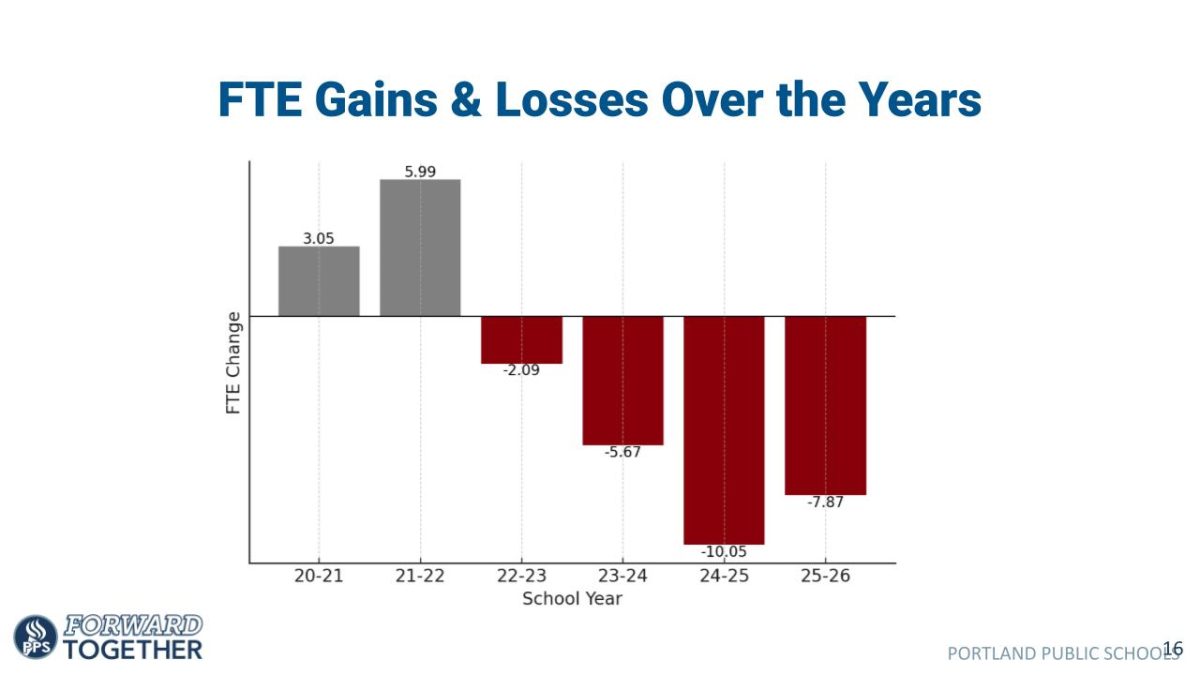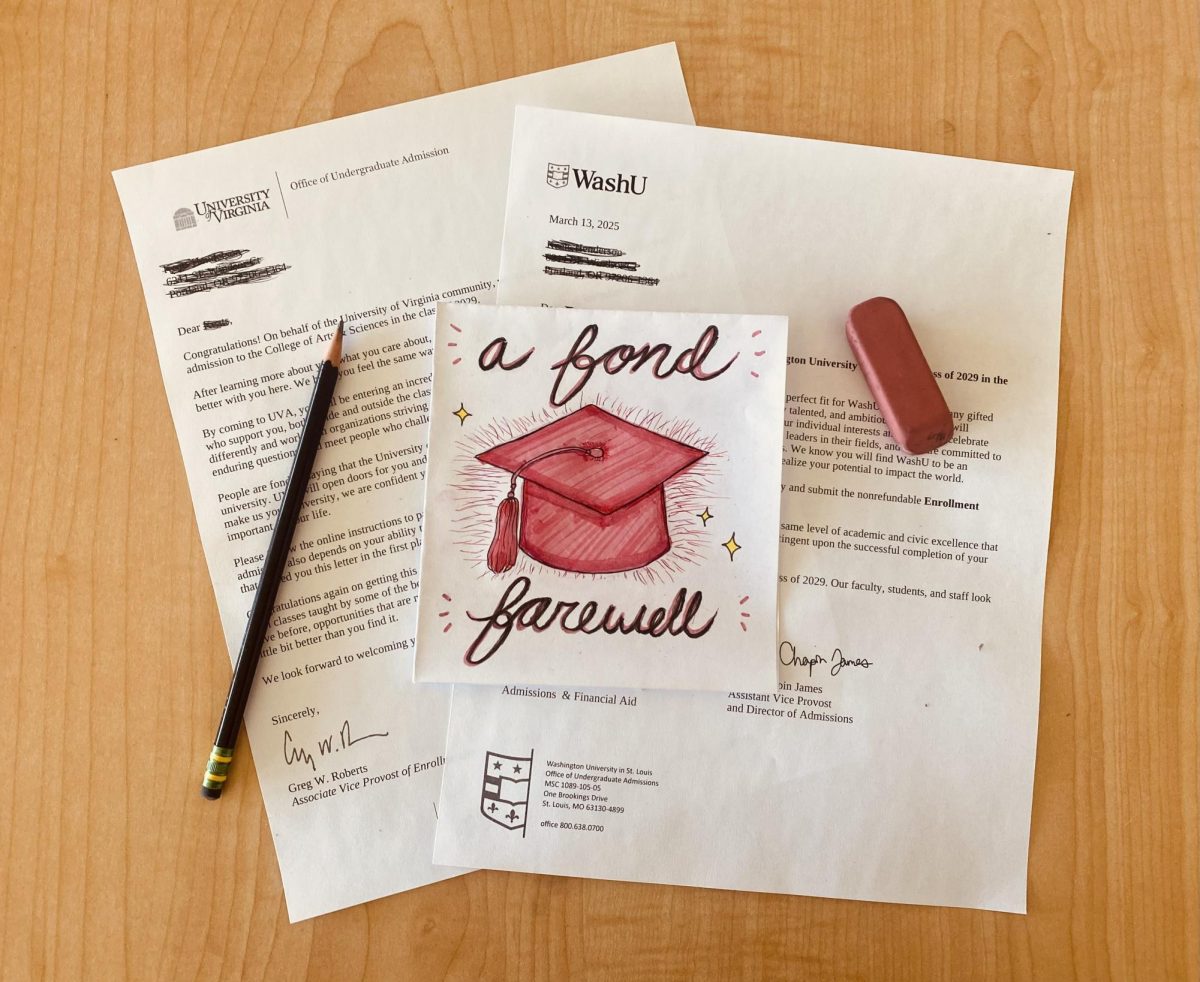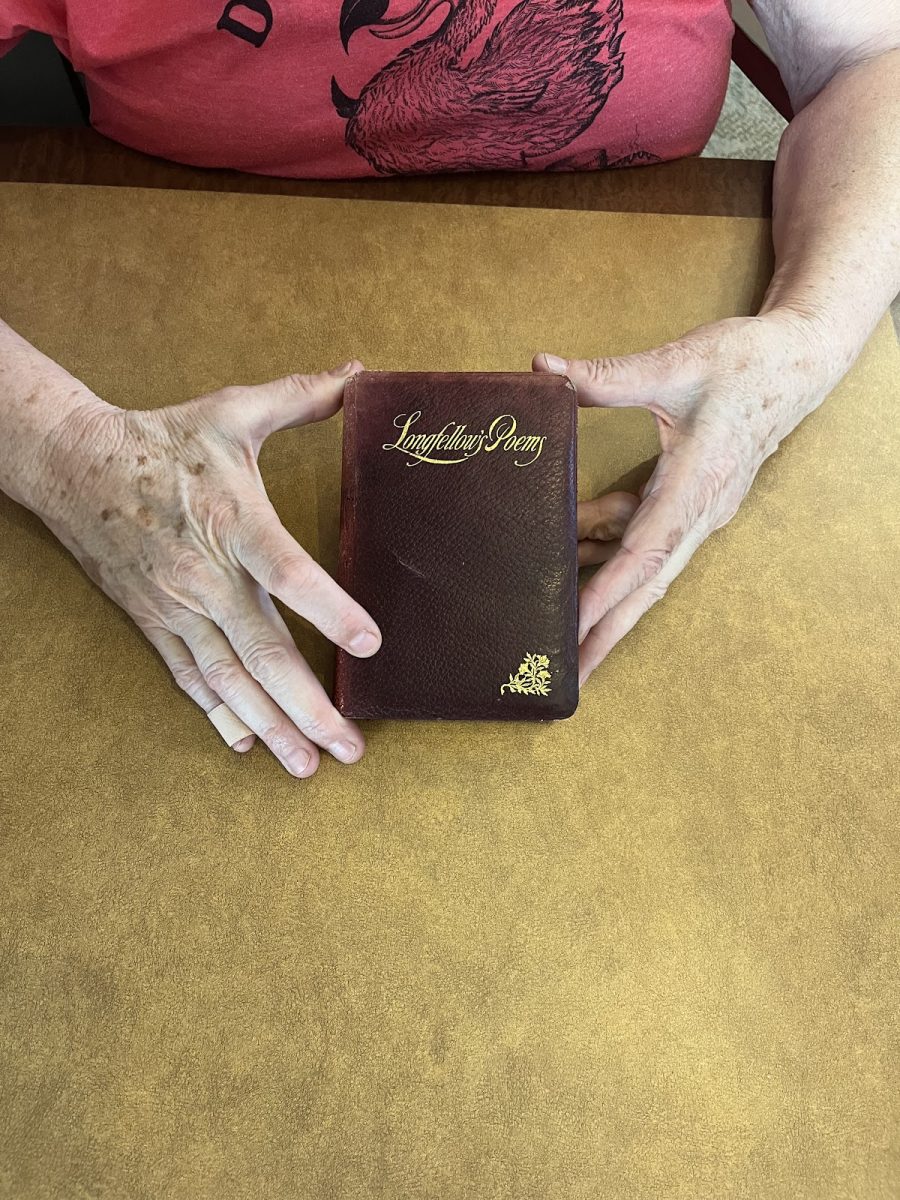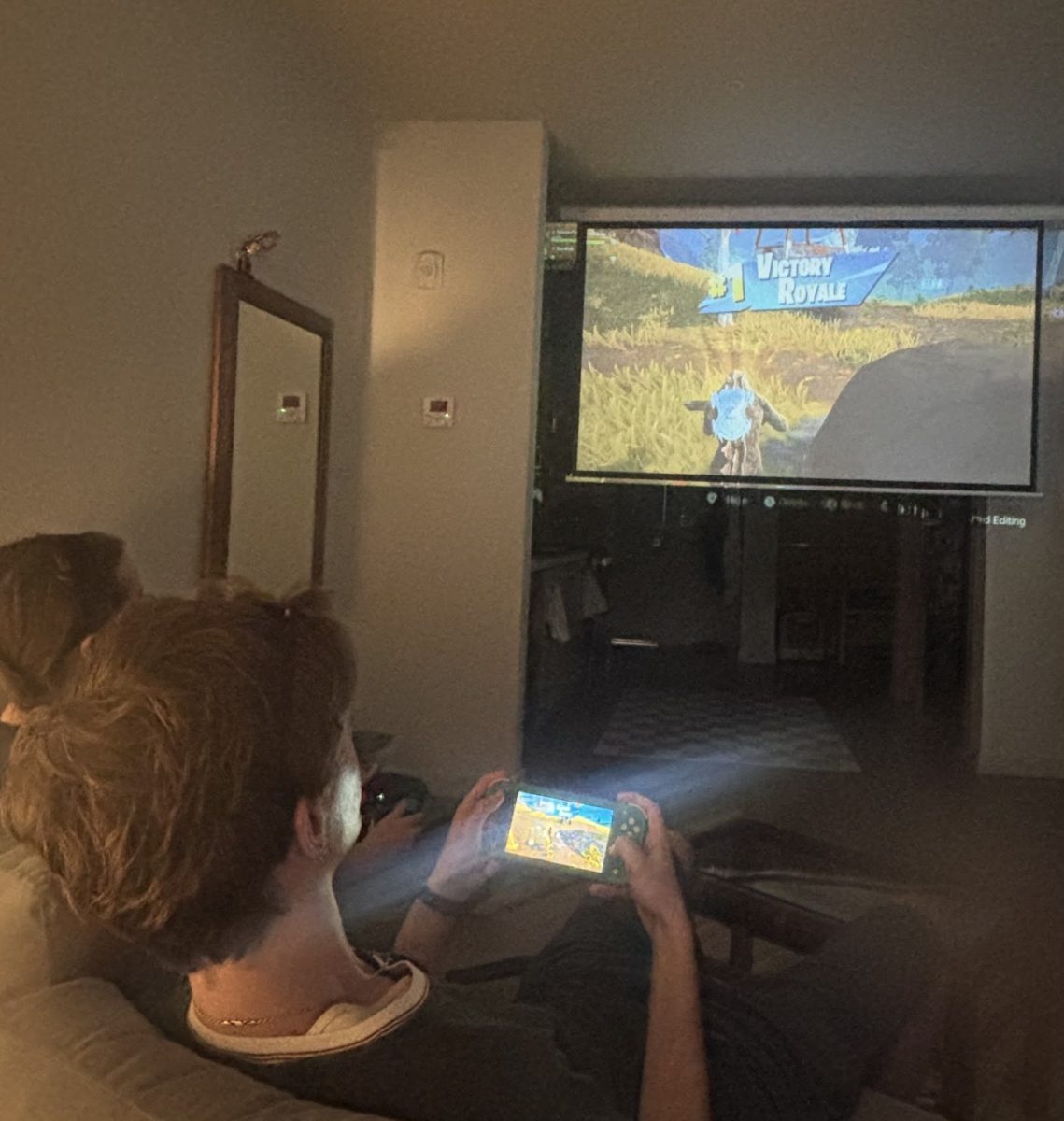It’s a stressful time for seniors. In addition to classes, finals and studying for AP tests, many seniors have to prepare for one of the biggest changes of their lives: going to college. But even after all the work you put in, there’s not always a guarantee that you get to go where you want.
A lot of work goes into applying for colleges. Many colleges use the Common Application, an online college application form designed to streamline the application process. Applicants write an essay and fill out their personal information, which colleges then review and use to make decisions. This essay can be no joke; many students even take classes on how to write college essays, because a well written essay can help make up for the gaps in a student’s transcript. However, college acceptance rates can be brutal, and many prospective students are rejected or deferred. In an Instagram poll about college acceptance conducted by a Franklin Post staff member, 18 out of 82 students responded that they had been rejected from at least one school.
Being deferred is different from being rejected. Deferrals happen when a college moves their decision for a student who applied early action or early decision back to regular decision. “I hate the deferral system,” says Franklin senior Ethan Hoofard, who got deferred from Georgia Tech. “They make me do all this work early and I just get pooled in with the regular applicants,” he complained. He also pointed out that this puts him at a disadvantage, as the regular decision applicants have had more time to work on their applications. “There’s no point in applying to early action if they’re just gonna defer everyone who applies,” he finished off. While being deferred is not an explicit rejection, it delays whether or not you know if you’ve been accepted. This can throw a wrench into people’s plans as they wait for a decision.
Reactions to rejections and deferrals may vary. In the cases where a student applies to a university just to see if they could get in, knowing that it’s a reach school, and then getting rejected, the disappointment might not be so bad. Rejection from a dream school, especially one that a person has worked hard to be able to apply to, can be crushing and devastating. What do you do when the school you were banking on going to rejects you?
First of all, you’re not alone. According to collegeadvisor.com, the average acceptance rate for colleges across the U.S. is 68%, and the hardest colleges have an average acceptance rate of less than 10%. Other people have experienced the same disappointment as you; talk to them. Keeping your feelings bottled up doesn’t help anybody, and doing it for college rejection is no different.
Tearale Triplett, a school counselor at Franklin, has some advice on the subject. “The first thing I always tell students is that where you go is not who you are,” he says. He explains that regardless of what kind of school you go to, what matters is what you do with the education you receive. “Students get caught up in the name, brand, and prestige of schools, but it’s ultimately up to the student to determine their own destiny based on the school they’re admitted to,” he added. He also brings up that oftentimes, people will view it as a kind of cosmic intervention. “Maybe it wasn’t meant for you to be at that school, for whatever reason,” he adds.
Mr. Triplett also reminds students that an initial rejection is not the end of the world. He says that he often lets students know that even if they don’t get in for undergraduate, they can apply again for a graduate program. “If [students] decide to go on and get a graduate degree then that’s the time to you know, circle back and get it [at] that school that you might have wanted to go to,” he explains. Additionally, many students tend to go to a cheaper college to get their core classes out of the way, and then transfer to a college they really want to go to for their career specific classes.
The “there’s plenty of fish in the sea” analogy also works pretty well in this situation. There are 4,360 colleges in the U.S. alone, 2,832 of which are four year colleges. If you like a college due to some specific reasons, there’s a good chance there’s another one that’s a lot like it. One way to get past rejection from a college is to get excited about other ones. Do some research, and you’ll be sure to find somewhere that calls to you, somewhere in a cool location, or with amazing programs, or both. There’s a lot of options out there; explore them!
If you’re really set on the college you got rejected from, there’s always the possibility of taking a gap year and then applying again the next year. This gives you a year to beef up your application with volunteer hours, job experiences, and earning money to avoid student loans. According to the article, “What is a Gap Year?” by Cole Claybrun from US News, “between 40,000 and 60,000 students take a gap year each academic year.” Sometimes this is the break students need to destress from high school and go into a new chapter of their lives ready for college. Be careful, though; many argue that this break can make you lose your momentum from high school and make getting back into the mindset for school a lot harder.
There’s no doubt that being rejected from the school you want to go to is a crushing disappointment. However, you can survive. You still have a future. This is an opportunity to try something new, to explore other options. It’s up to you to decide what the future holds.

































